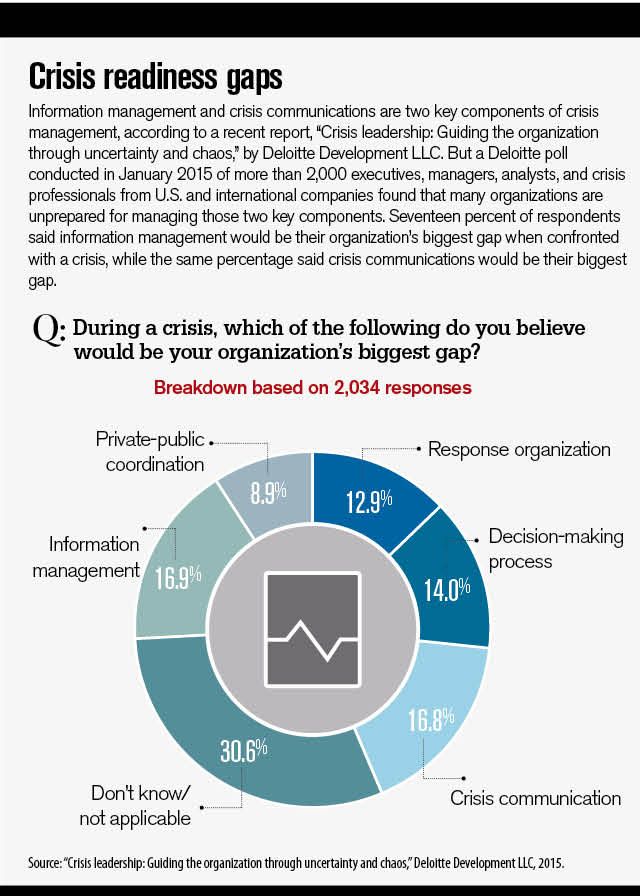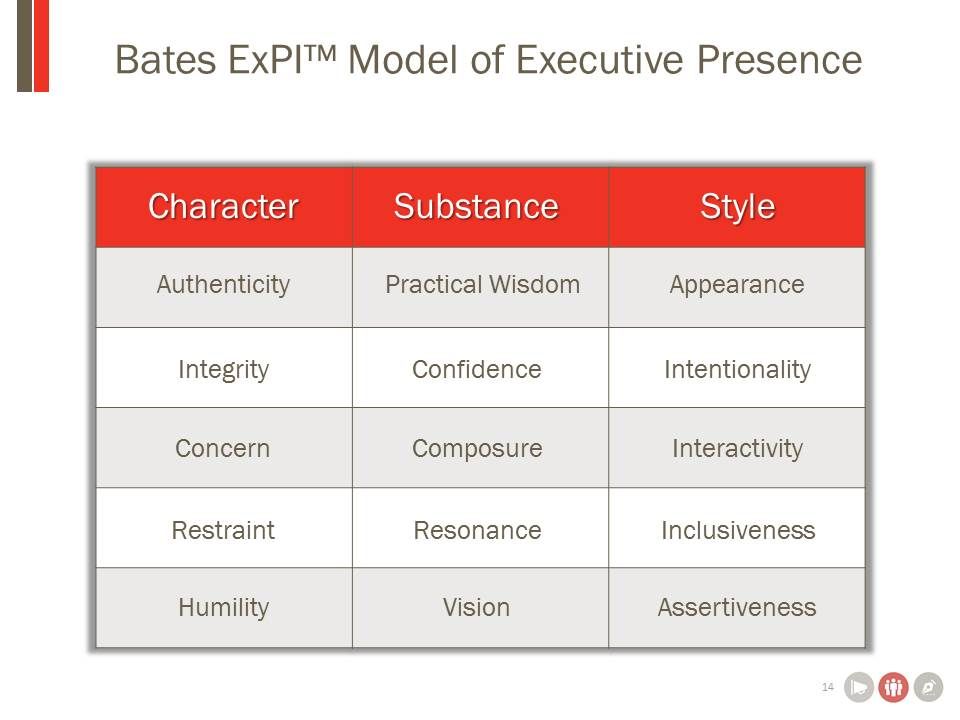Assess healthcare leadership's ability to handle a crisis
If a crisis were to suddenly arise for your organization, would your people be ready to handle it?
As a managed healthcare executive during turbulent times in the industry, here’s a question you should be asking yourself: If a crisis were to suddenly arise for my organization, would my people be ready to handle it?

Any potential crisis can be a wolf at the door for managed healthcare leaders. For example, given the tension between making healthcare information accessible while making it confidential and secure, data breaches are a constant source of anxiety.
Earlier this year, the Washington Post described 2015 as “the year of the health-care hack,” noting that one-third of the U.S. population has had its healthcare data compromised in breaches. In February of this year, Anthem suffered a data breach that affected nearly 80 million patients in one swoop.
READ: Ten Health Organizations Slammed by Cyber Breaches
Beyond the HIPAA headaches that can arise with data breaches, crises may arise related to physician contracting, denials management, and care management related to an increasing reliance on IT applications.
Leaders need to have a crisis plan in place; and they must demonstrate the temperament and leadership skill to weather a storm.

Next: Assessing crisis readiness
Assessing crisis readiness

Preventing a crisis is better than having to respond to one. Still, it’s important to assess whether your organization’s leaders are ready to face a crisis.
The Bates Executive Presence Index, or ExPI is a multi-rater assessment that provides leaders with feedback on qualities in three dimensions: Character, Substance, and Style. Each of those three dimensions consists of five facets, as shown in the model below. Leaders should have a variety of important stakeholders assess their performance in all of these areas.

Three areas to consider
When it comes to crisis readiness specifically, three of these areas can provide important measures. They are:
- Composure. Proving to be steady in a crisis, able to calm and focus on others.
- Restraint. Displaying a calm disposition, being deliberate-not impulsive.
- Assertiveness. Valuing constructive conflict; raising issues without shutting others down.
Low scores from others in these facets of executive presence may indicate that the leader is too impulsive, reactive, or emotional when the situation calls for a more deliberate, proactive, reasonable approach. This should indicate that the leader needs additional training to ensure that, when a crisis situation occurs, he or she will handle it appropriately.
One key element of crisis training should be addressing how leaders will respond to the media during a crisis situation. For seven tips, visit (link to slideshow).

Scott Weighart is director of learning and development at Bates, where he builds innovative content for Bates leadership programs.
Meghan McGrath is a marketing and public relations associate for Bates, which has developed the Bates Model of Executive Presence, and the Bates ExPI assessment, the first research-based, scientifically validated assessment of executive presence.
Extending the Capabilities of the EHR Through Automation
August 2nd 2023Welcome back to another episode of "Tuning In to the C-Suite," where Briana Contreras, an editor of Managed Healthcare Executive, had the pleasure of chatting with Cindy Gaines, chief clinical transformation officer at Lumeon.
Listen
Automate Your Practice's Workflows with These 5 Tools
October 4th 2023To maintain patient satisfaction and regulatory compliance and reduce potential clerical errors while maintaining high productivity, you can ease your staff’s burdens by automating your practice’s workflows and empower your staff to do more in less time.
Read More